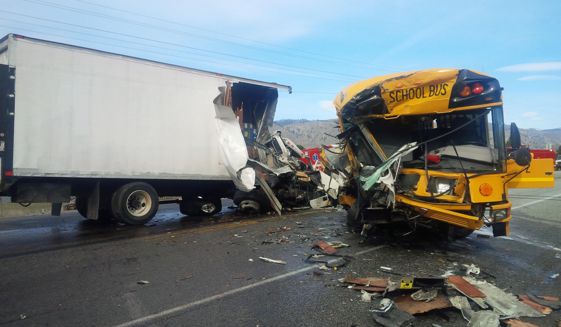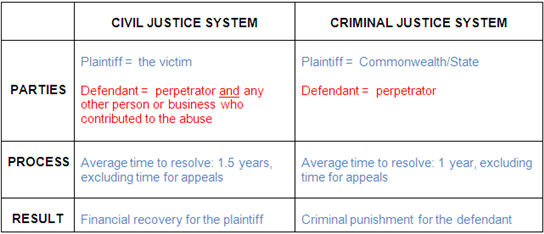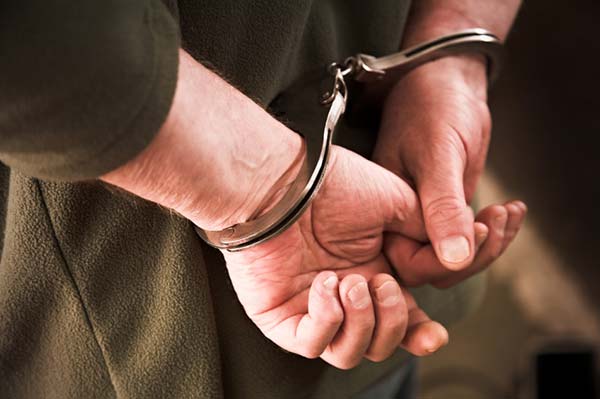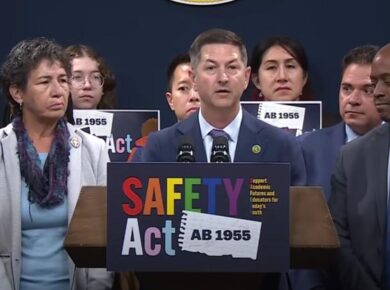When it occurs in a vehicular accident, state traffic laws require the drivers involved to follow certain procedures immediately after the incident. In most states, you must follow the specific procedure depending on whether the accident:
- only caused a property damage (e.g., hit a parked vehicle);
- caused injury to a third party (e.g., another driver, a passenger or a pedestrian);
- caused the death of a person (e.g., another driver, a passenger or a pedestrian).
Typically, state traffic laws require that any driver involved in an accident stop your vehicle as soon as it is safe to do so and exchange your identification and your contact information with the other driver involved in the incident.
If a driver collides with a vehicle in which there is no one or with another well-parked, most of the states have at their disposal to make a reasonable effort to identify the owner of that property and put it on notice about what happened. For example:
- take note of the license number of the vehicle if it is damaged a parked car;
- leave a written notice at the scene (with the information which identifies the driver) if you damage other property.
After an accident involving injuries, drivers usually have a legal responsibility to follow reasonable steps to help any injured person, including calling emergency medical services, and report the accident to a law enforcement official, local.
Any driver that does not comply with their duties after being involved in an accident may be subject to, at a minimum, a traffic ticket. In some cases, especially when the accident causes an injury or death, the driver who leaves the scene of the accident may be subject to criminal charges, serious as a felony by shock and escape”.










